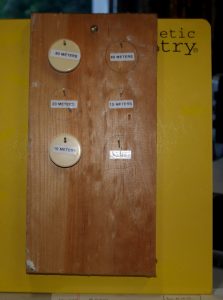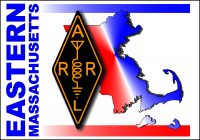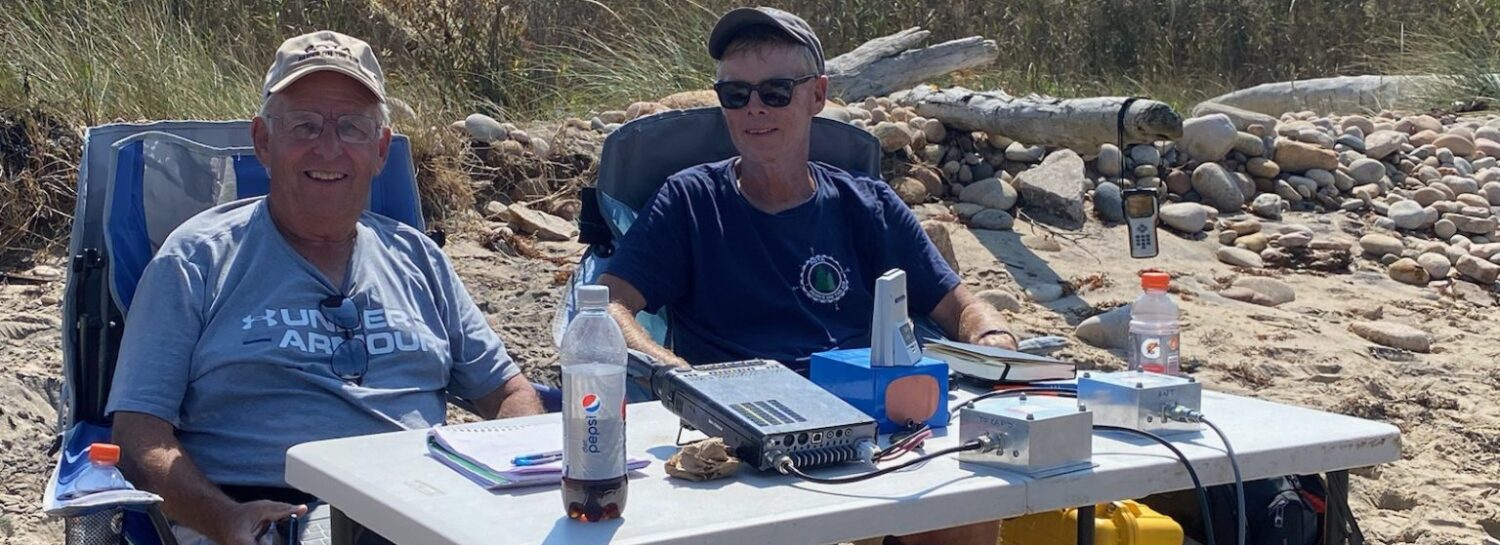Contents
Introduction
Field Day rules include a requirement to prevent two transmitters being on the same “band”. (for purposes of contest, that means Band & Mode pair, where Mode is one of Data, Code, Phone – FM, AM, SSB are same “mode” for Field Day contest “Band” purposes.)
As always, these notes are a general discussion, be sure to check the latest current rules package (including the Field Day Rules, ARRL general rules, and general rules for below 30MHz and above 50MHz).
Tricky bits:
- If more than one HF transmitter with key or with mic, must ensure they don’t wind up on same band at same time. (One with key, one with mic on same band is OK by rules but may interfere with each-others reception.)
- on VHF+ (and including 10m), FM and SSB/AM are both Phone, so must ensure no Field Day contacts made on Simplex FM when VHF “Weak Signal” (WS) station is working 2m SSB.
- 146.52 is no longer legal for Field Day. (Some say it never was, but HQ once told me it was.)
- DUPS — If a different position at your station works the same band/mode later, having acquired the token, if they work a station already worked from the first position, it’s a duplicate (“Dup”) and doesn’t count for points. This is embarrassing (and a waste of time) if they tell us, and negates points later for both of us if caught later.
So positions need access to a single per-band/mode duplicate check, typically dup-sheet or dup-file passed to second.
On the other hand, If they call us, they may not have it logged right, so it may be worth working them again.
The solutions to Transmitter Control and Dups prevention/detection tend to work hand-in-hand.
Transmitter Control
Visible control – tokens & boards
A central table has a board with a series of tokens, one for each authorized transmitter (including both the free and the counted); tokens not in use cover a number, so the number in use and free are obvious at a glance. This may be the same or a different board listing your “exchange” of Category and Section, e.g. “3A EMA“.

Also posted at central table is a board of tokens for all possible band-mode “bands”, making it immediately obvious which are in use or reserved, and which are available. (UHF+ Phone and UHF+ CW likely combined on two tokens if planning “moving stations up” at same position.)
(A third board for antenna-to-position assignments is possible for public information, but the COAX is its own token for antenna assignment! A Whiteboard connecting Tent/Desk numbers to Antenna pictures with lines and words denoting Band/mode would be good for Public Information but doesn’t provide positive control they way Tokens do, but may be sufficient for a small FD operation.)
Each Station also has a smaller card or board, on which to post one or more transmitter tokens and one or more band tokens, showing what it’s authorized band(s)/mode(s) are.
Each transmitter operating position at the FD station should have a have a full set of references – ARRL FD rules, and your Token control rules; and ARRL Section id list!
Rules for control
HF rules: An operating position with one transmitter must have one transmitter token posted along with band-mode tokens for each band and mode being monitored next to the transmitters’ tokens.
(Formerly, a band-agile HF position required a number of tokens equal to the number of bands transmitted on in any 15 minute span. In the modern multi-band mobile era this has bee dropped.)
QSY to a band is only allowed if it is next to a transmitter token.
VHF+ rules: Each VHF+ Operating position needs as many tokens as transmitters being simultaneously operated (number of QSO operators), with all bands in use on that token posted next to it.
Physical: Tokens and central & station signboards should be small and durable, with some means to mate tokens to the display board.
- magnetic material – which can now be fed through inkjet printers.
- metal-rimmed cardstock key tags hung on cup-hooks on wooden board
- cardboard / plastic pockets holding poker-chips technology
- Vecro™ and poker chips – different colors for different kinds (Counted Tx / Free Tx, Phone /CW/Data), Brother™ label-maker text?
Central board has digits 1 2 3 4 5 6 7 8 9 to be covered by Tx tokens. A reusable board my have numbers higher than this year’s exchange authorized covered by Painter’s Removable Tape and their counted Tx tokens filed away for next year.) The Board needs extra spots for each Free transmitter’s token when not in use (GOTA, first VHF, Satellite).
A similar board with a spot for each band/mode token would show at a glance which bands available/in use.
The control table might want a separate poster or whiteboard as a checklist for which Bonuseshave been scored, are in progress, and remain to be scored as a visible reminder system.
Duplicate Prevention/ Detection
Modern multi-station context operation uses networked computers and a realtime shared Log and Dup database. If doing that, you can ignore this section, it’s automatic.
Just make sure the laptops have good batteries (or external UPS) so they don’t crash when the generator providing A/C is refueled and consider RF chokes on the CAT5/CAT6 network cables. (The networking hub may need a small UPS too unless passive.)
Computer per mode or band/mode (Dups)
For smaller operations, non-networked laptops can work fine, with logs and dup-sheets being merged afterwards. This is somewhat drastic, but if bands were sensibly grouped in a 3A or 5A operation with all HF phone on one laptop, all HF CW on another, all VHF+ on a third, moving the Dup log is automatic by moving the laptops.
For larger number of physical transmitters, group bands that don’t open at the same time on the same computer. Transmitter control is automatic, you need the logging computer for the band/mode. How to label the laptops is left as an exercise.
Diskette per band (Dups)
In the old days, passing a diskette around was a file sharing mechanism. Having the logging program’s log and dup data on a diskette allowed the Diskette to a Band Token! Pop in the diskette for the band you’re working, you’ve automatically got the right dup-file.
For a larger operation would still want visible tokens on the visual control board, so Diskette & Visible Token must pass together. Only diskettes matching the token should be used.
This could be updated to use thumbdrives, and they are visibible while in use, but they’re small enough to disappear in the grass at FD — and suffer from the problem of data-loss with failure to click-to-eject-nicely.
Log-sheet / dup-sheet per band – real paper (Dups)
Only the Dup Sheet must be turned into HQ. Computer logs and even log sheets are not required. (But they now reward a bonus for computer upload of the Dup sheet, so this is discouraged now.)
So the Dup Sheet is the important record! Paper logging is immune to power glitches, cheaper, and easier to correct. Penmanship can be a problem.
Each “Band” (band-mode) has One active dup-sheet, paired with the Band/Mode Token or as the Token in a smaller operation not using Visual Control. Active sheet must be returned with Token to Central file, and checked out with token.

